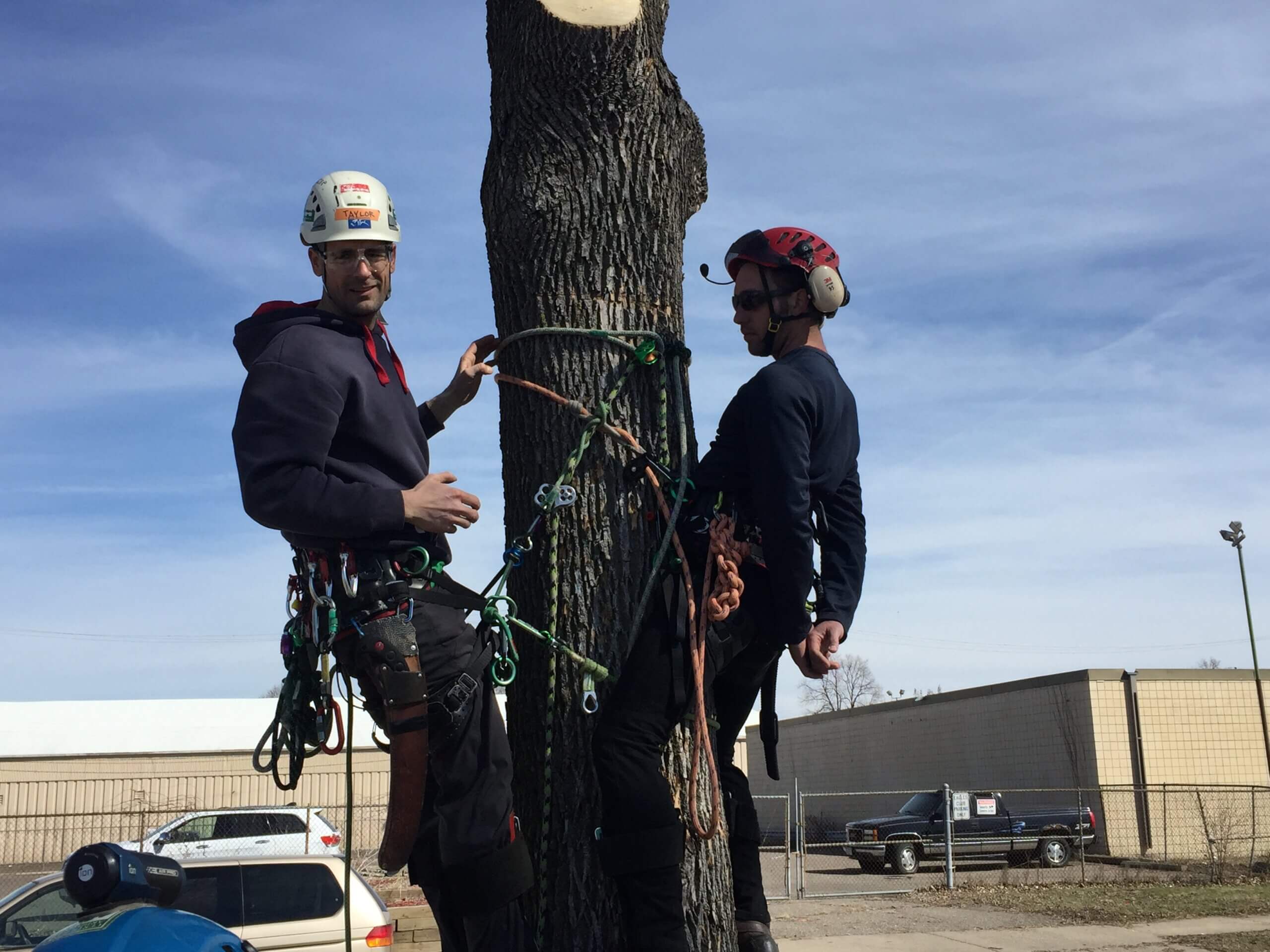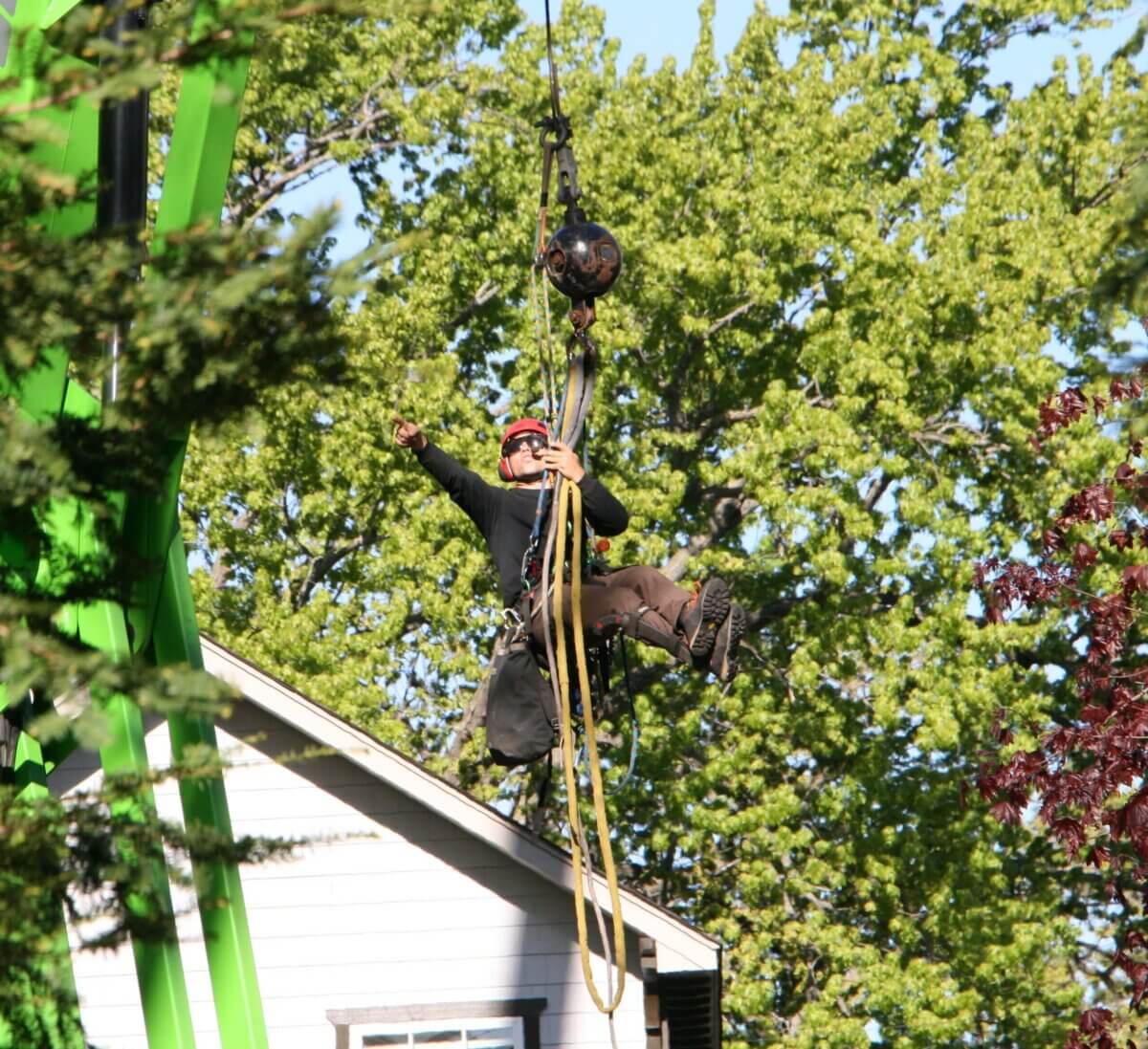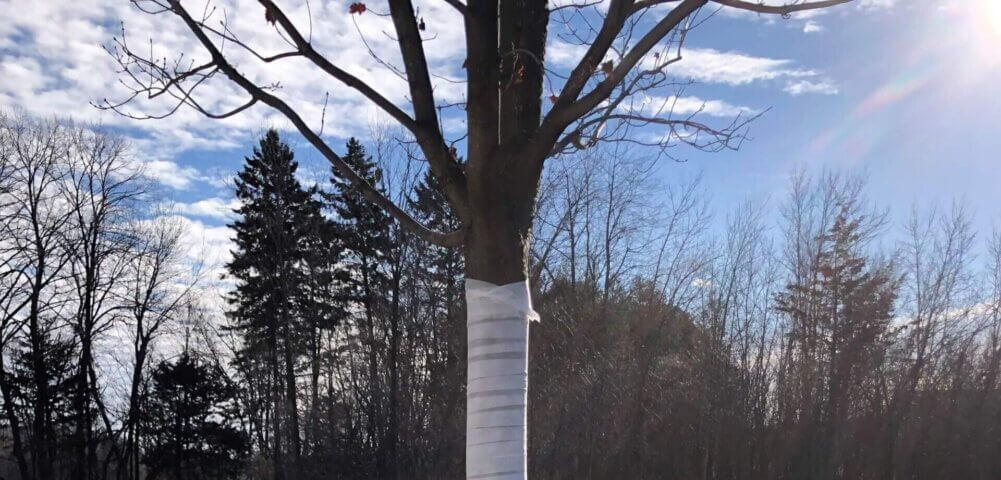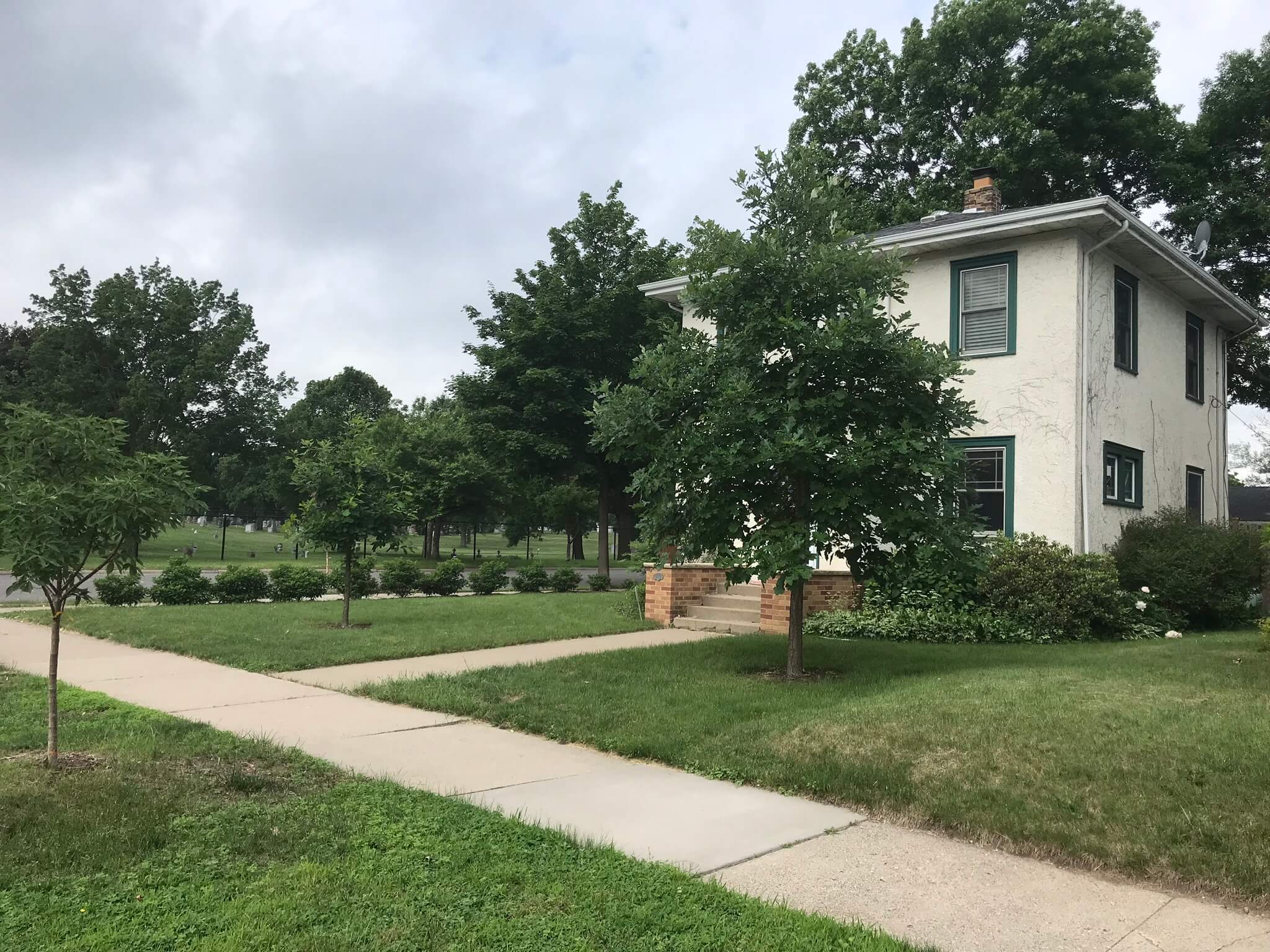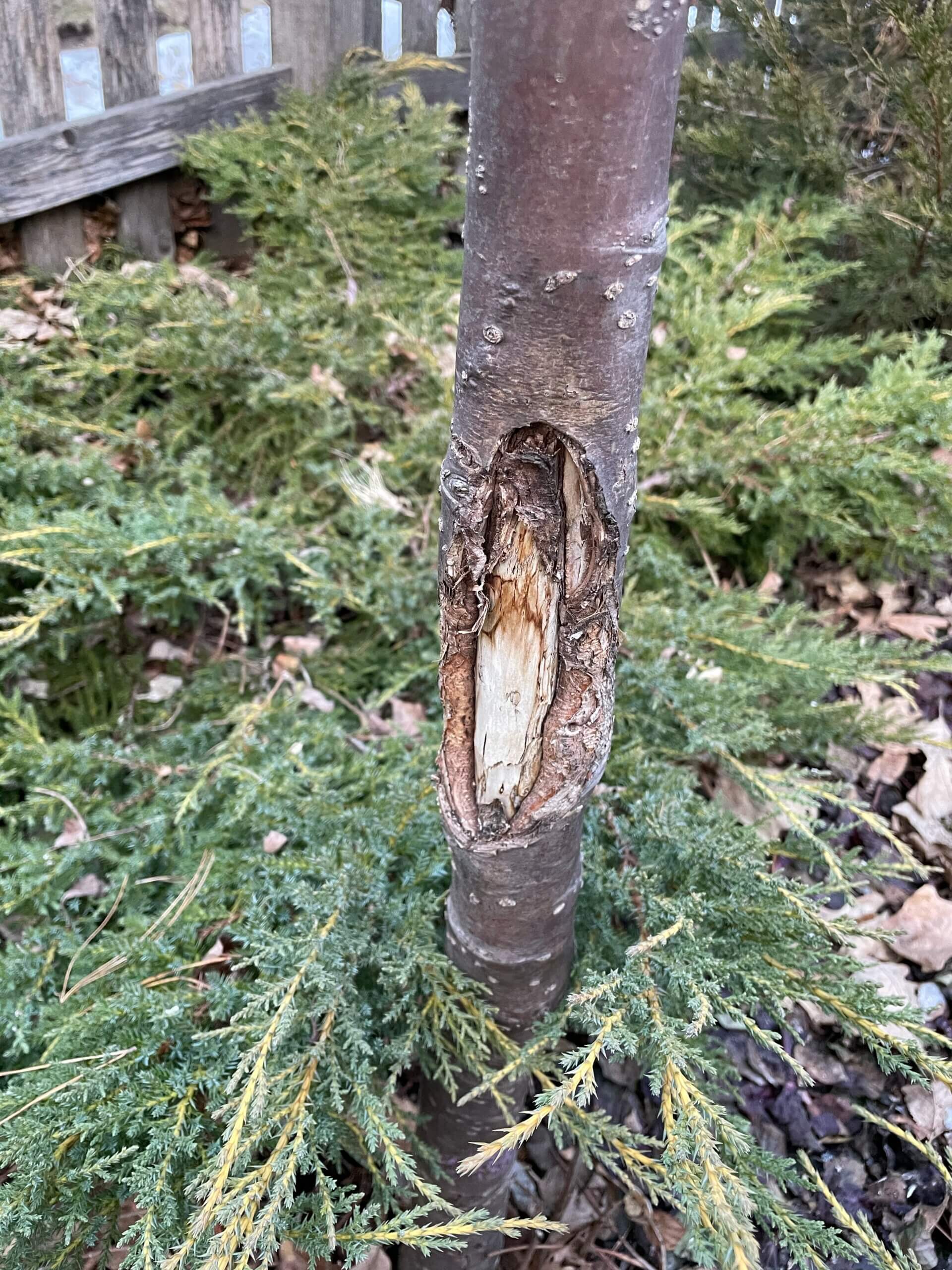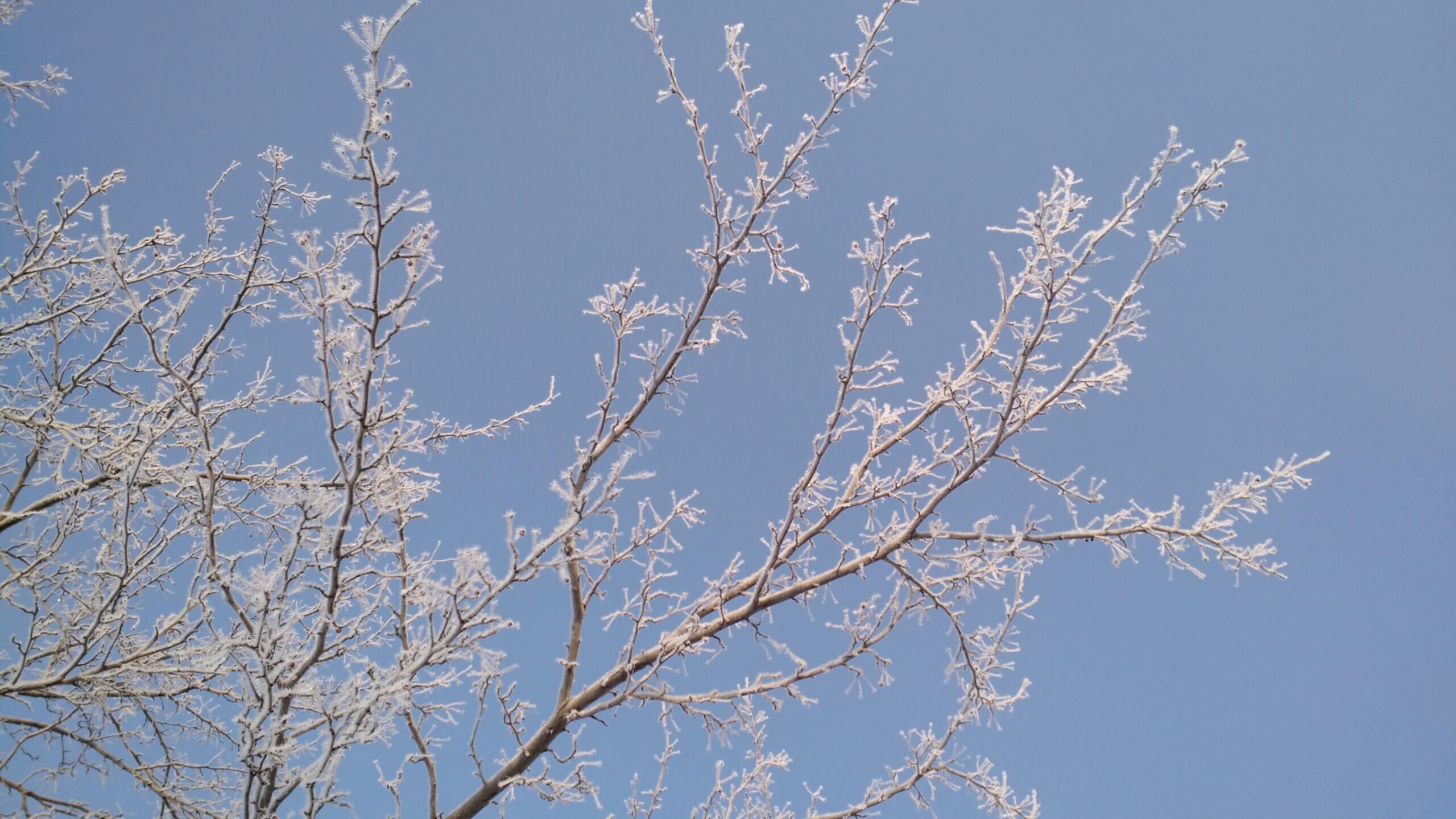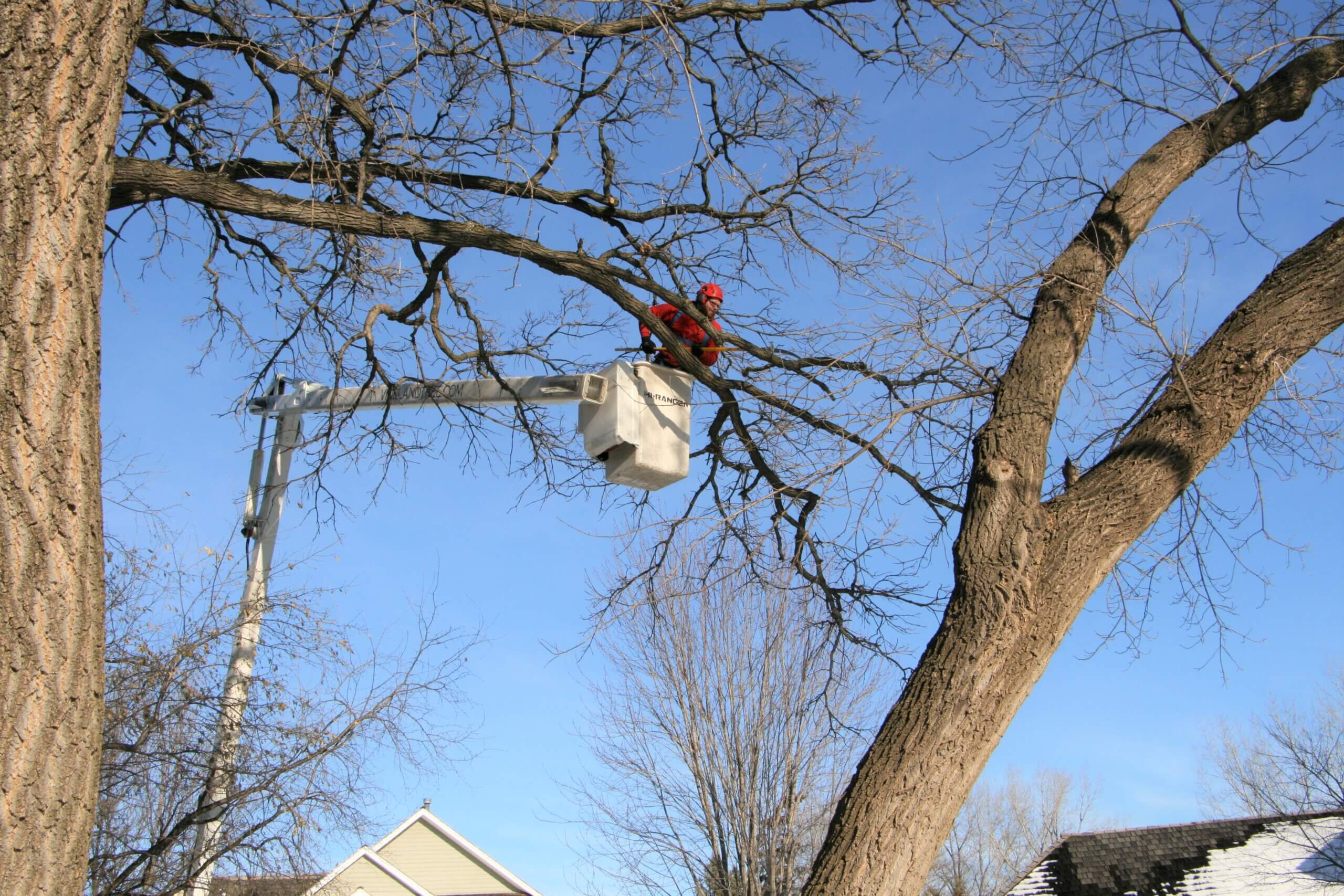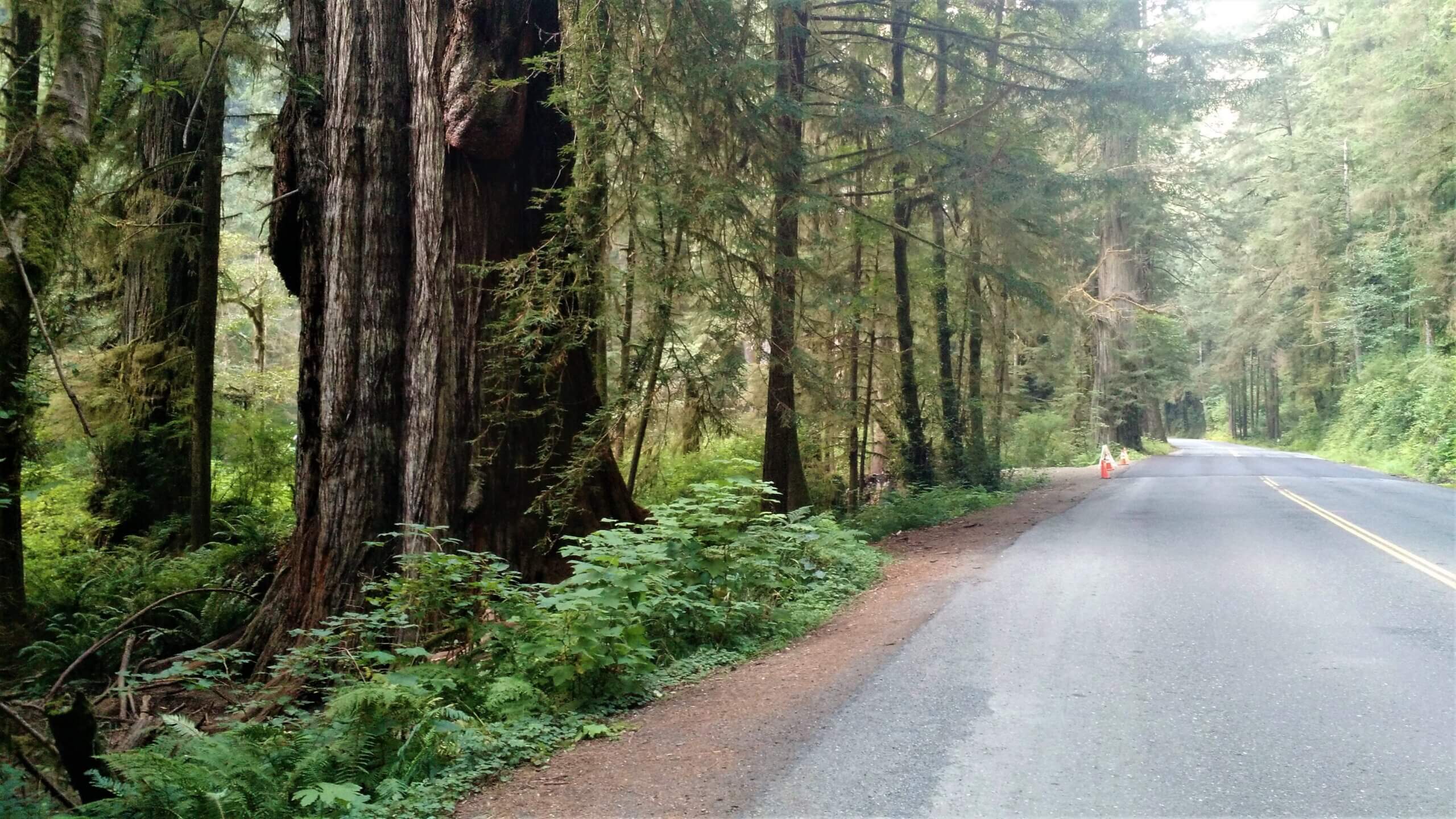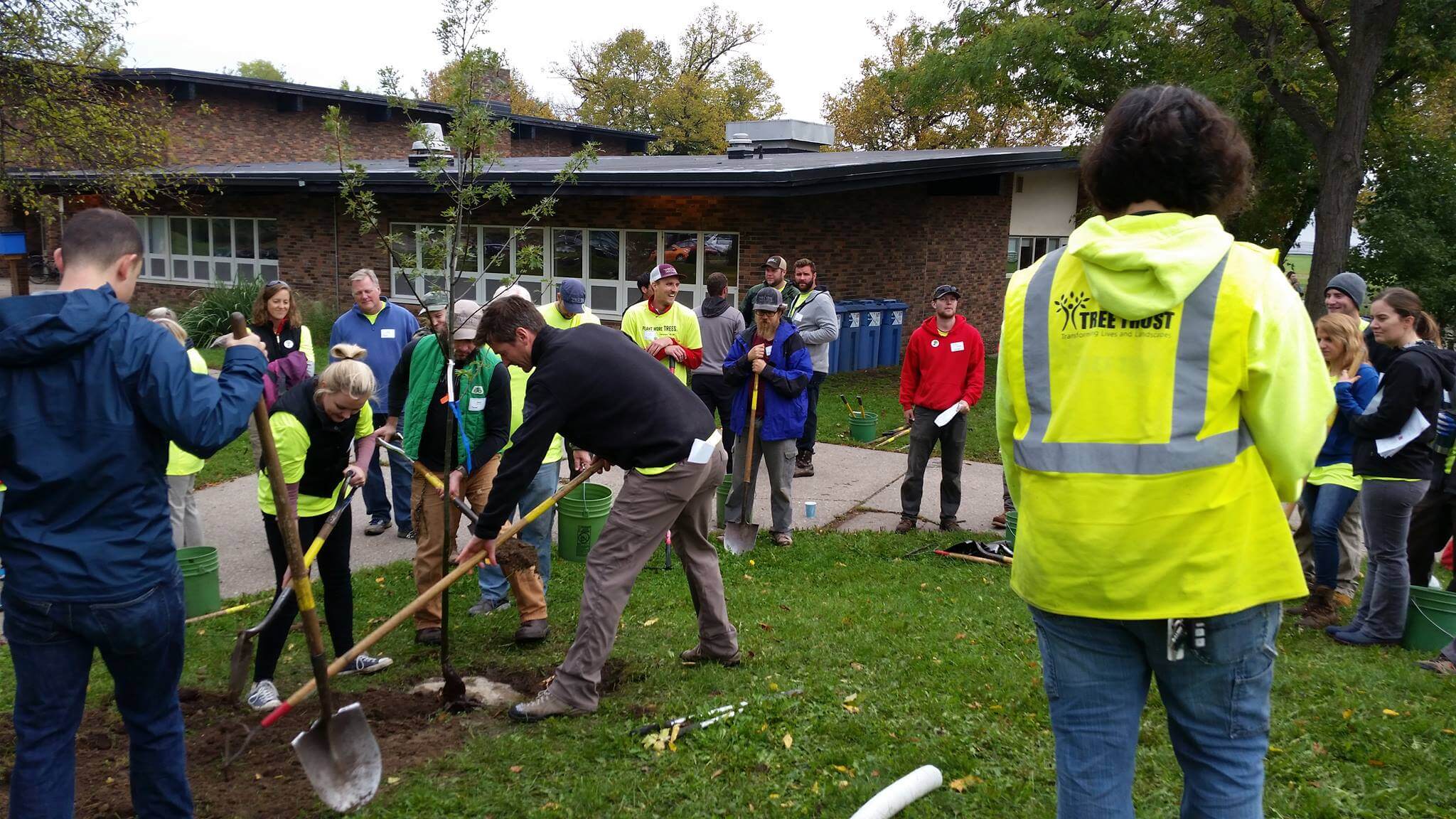When to Prune Oaks to Reduce Oak Wilt Risk
Red, white, and bur oaks are some of our most-loved trees in Minnesota, and they face a mortal threat: oak wilt. Red oaks form the backbone of the red oak-sugar maple-basswood forests of the west metro. White and red oaks intermix through the Anoka sand plain and the southeast metro. Bur oaks line the uplands […]


